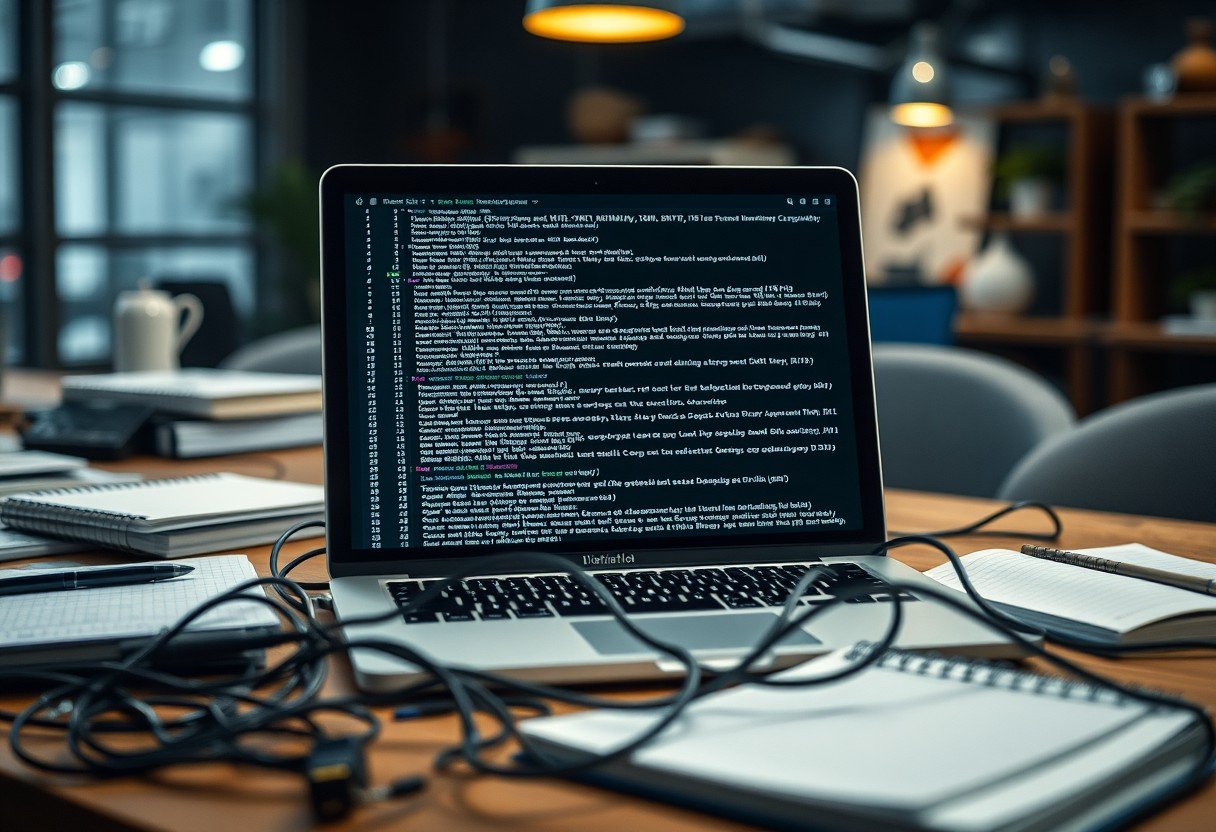Studying in the United States is a life-changing opportunity, opening doors to top-tier education and incredible career paths. For international students, the most crucial step after getting accepted into a college is securing a student visa. This process involves several key stages, from paying fees to attending an interview. Understanding who needs a visa and how to apply correctly is the first step toward your American educational journey. Let’s break down the entire process to make it simple and clear for you.
Step 1: Get Accepted by a SEVP-Approved School
Your journey to getting a US student visa begins with an acceptance letter. However, not just any school will do. The institution must be approved by the Student and Exchange Visitor Program (SEVP). This is a critical requirement because only SEVP-certified schools can enroll international students in the Student and Exchange Visitor Information System (SEVIS).
Once you are accepted, the school’s designated official will provide you with a Form I-20, “Certificate of Eligibility for Nonimmigrant Student Status.” This document is generated through SEVIS and is essential for your visa application. Without the Form I-20 from a SEVP-approved school, you cannot proceed with your student visa application.
Therefore, when you are researching and applying to universities in the US, always confirm their SEVP certification. This information is usually available on the school’s international admissions page or can be verified on the official U.S. Immigration and Customs Enforcement (ICE) website.
Step 2: Pay the SEVIS Fee and Complete the Application
After receiving your Form I-20, the next immediate action is to pay the I-901 SEVIS Fee. This fee is used to maintain the SEVIS database, which tracks international students in the United States. You must pay this fee at least three business days before you formally submit your visa application to the embassy.
Payment can be made online using a debit or credit card, or through other methods like Western Union. The fee amount varies depending on your visa type. Once paid, make sure to print and save the receipt, as you will need to present it during your visa interview.
With the SEVIS fee paid, you can now complete the main US student visa application, which is the Online Nonimmigrant Visa Application, also known as the DS-160 form. This form must be filled out accurately and completely online. After submitting it, you will receive a confirmation page with a barcode, which is another crucial document for your interview.
Step 3: Pay the Visa Application Fee (MRV Fee)
It is important to understand that the SEVIS fee and the visa application fee are two separate payments. The visa application fee is also called the Machine Readable Visa (MRV) fee. This non-refundable and non-transferable fee covers the cost of processing your visa application itself.
The payment process for the MRV fee varies by country. You may be able to pay it online, over the phone, or in person at a designated bank. Regardless of how you pay, you must obtain a receipt or confirmation number. This number is required to schedule your visa interview appointment.
Here is a simple breakdown of the two main fees involved:
| Fee Type | Purpose | Paid To |
|---|---|---|
| I-901 SEVIS Fee | Manages the student tracking system (SEVIS) | U.S. Department of Homeland Security |
| MRV Fee | Covers the cost of visa application processing | U.S. Embassy or Consulate |
Always check the official U.S. embassy website for your country to find the current fee amounts and the exact payment instructions.
Step 4: Schedule and Attend Your Visa Interview
The final and most crucial step is the visa interview. You must schedule two separate appointments: one for biometrics (fingerprinting and photo) and one for the personal interview with a consular officer. These can usually be scheduled online or over the phone using your MRV fee receipt number.
Wait times for interview appointments can be long, especially during peak seasons, so it is best to schedule yours as soon as you have all your documents ready. Arriving prepared for the interview is key to a successful outcome. The consular officer will ask you questions about your choice of university, your financial situation, and your intent to return to your home country after completing your studies.
You must carry a folder with all your essential paperwork. Being organized shows that you are a serious and prepared applicant.
- Your valid passport
- The DS-160 confirmation page
- Your visa interview appointment confirmation letter
- The original Form I-20 from your school
- Receipt for the I-901 SEVIS fee payment
- Proof of payment for the MRV fee
- Recent passport-sized photographs in the specified format
In addition to these, you should also carry supporting documents like academic transcripts, standardized test scores (like TOEFL or IELTS), and strong evidence of your financial ability to cover your tuition and living expenses.
Step 5: After Approval and Arriving in the US
If your interview is successful, the consular officer will keep your passport to stamp the visa in it. You will be informed how and when you can collect your passport. Once you have your visa, you can start planning your travel to the United States.
Remember, a visa does not guarantee entry into the country. When you arrive at a U.S. port of entry, you must still be approved by an officer from the Department of Homeland Security’s Customs and Border Protection (CBP).
For this reason, you should carry all your important documents in your hand luggage, not in your checked baggage. This includes your passport with the visa, your Form I-20, the SEVIS fee receipt, and the acceptance letter from your university. The CBP officer will review your papers before officially admitting you into the country as a student.
Frequently Asked Questions about Getting a US Student Visa
What is the difference between SEVIS and SEVP?
SEVP stands for the Student and Exchange Visitor Program, which is the government office that manages the system. SEVIS, the Student and Exchange Visitor Information System, is the actual web-based database that stores information on international students.
How early can I apply for my student visa?
You can apply for your F-1 or M-1 student visa up to 120 days before the start date of your academic program listed on your Form I-20. It is highly recommended to apply as early as possible.
Can I work in the United States on a student visa?
F-1 visa holders are generally allowed to work on-campus for up to 20 hours per week during the school year and full-time during breaks. Off-campus work is more restricted and usually requires special authorization.
What happens if my student visa application is rejected?
If your visa is denied, the consular officer will provide a reason for the rejection. Depending on the reason, you may be able to reapply after addressing the issues that led to the denial.
Do I need proof of funds for the US student visa interview?
Yes, providing proof of sufficient funds to cover your educational and living expenses is one of the most critical parts of the interview. You must convince the officer that you will not become a financial burden on the U.S. government.






Leave a Comment